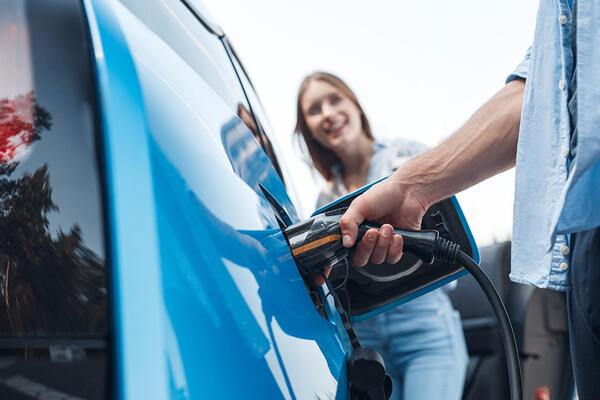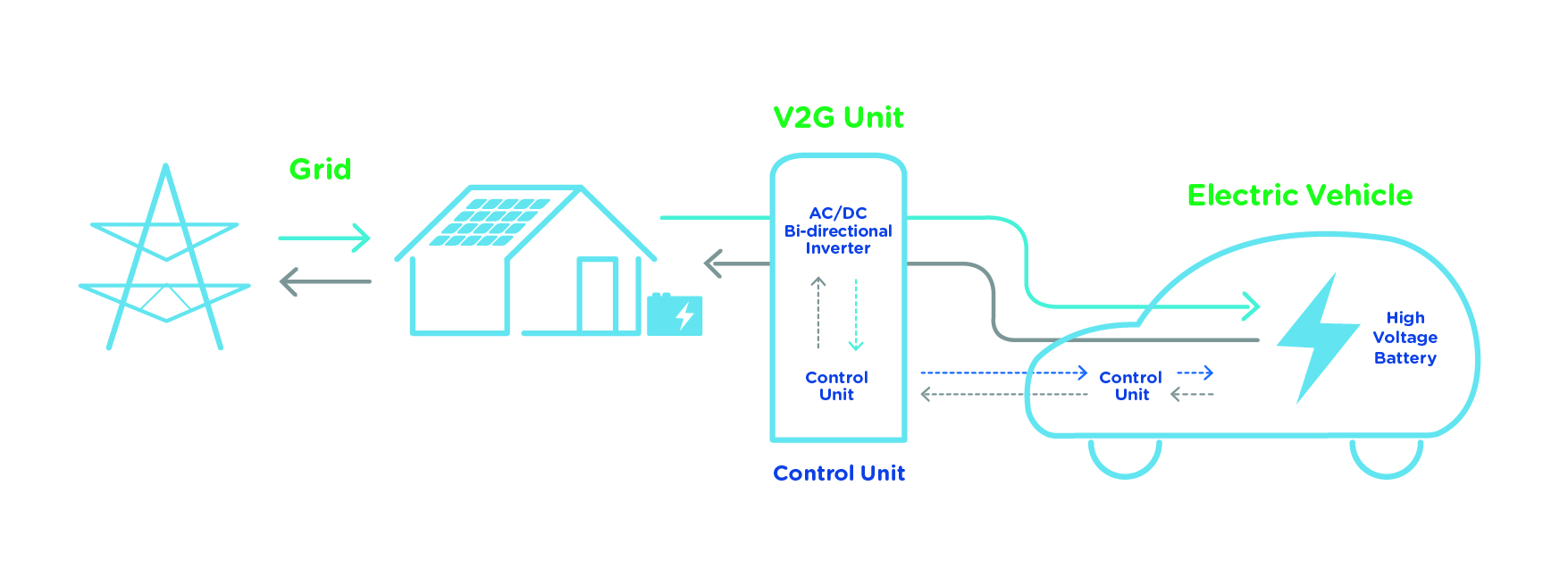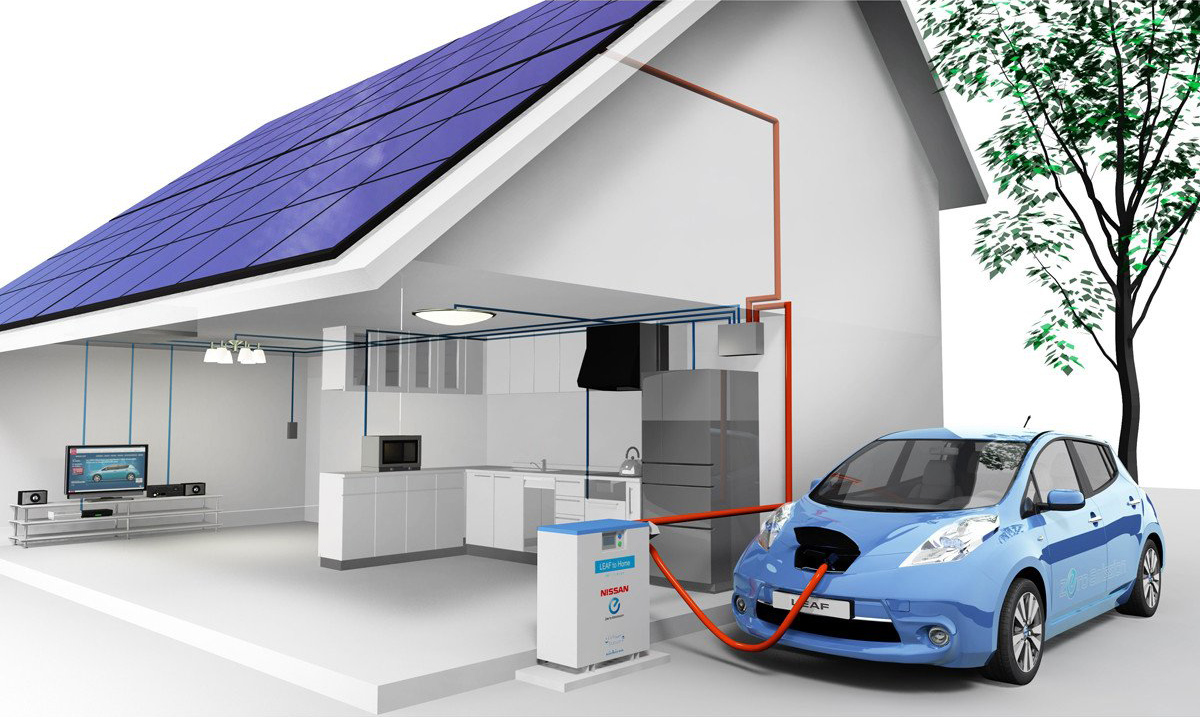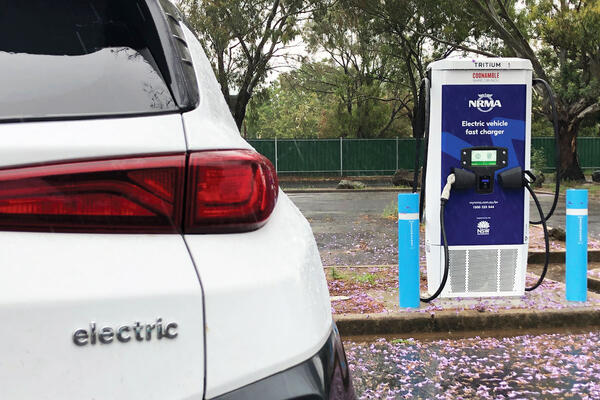
Electric vehicle FAQs and links
Frequently asked questions
What are Electric Vehicles (EVs)?
Electric vehicles are a type of vehicle that utilises a battery and electric motor. The use of electricity as the main energy source is what separates an electric vehicle from the typical internal combustion engine (ICE) vehicle.
There are 4 main types of electric vehicles including battery EVs, plug-in hybrids, hybrids and hydrogen fuel cell vehicles. Each type of EV has different advantages and can suit a variety of needs.
Are EVs safe to drive?
Every EV tested in the last five years has achieved a 4 to 5-star rating from the Australian New Car Assessment Program (ANCAP). All new EVs have a level of safety at or higher than comparable internal combustion engine vehicles.
Due to the difference in drivetrain between a battery electric vehicle (BEV) and an internal combustion engine (ICE), there are structural components that deem a BEV safer than an ICE vehicle. Fewer components allow for more flexibility in vehicle design, and the position of the battery pack on the bottom of the car provides more crumple zone space. The lower centre of gravity due to the battery position also improves handling and prevents rollover in accidents. Safety features including lane assist and vehicle sensors provide improved visibility.
One of the primary benefits of EVs is their quiet operation in urban environments. However, at speeds less than 20 km/h, they produce so little road noise that they may potentially pose a risk to vulnerable road users, especially blind or visually impaired pedestrians.
To address this, it has been suggested that EVs should generate an artificial sound when travelling below 20 km/h, while maintaining the benefits of quieter operation. This requirement has been adopted in Europe, US and Japan, with requirements for these warning devices also included in United Nations Economic Commission for Europe (UNECE) vehicle regulations. NSW will work with the Federal Government to update Australian Design Rules, where required, to improve the safety of vulnerable road users.
How often do batteries need replacing and how much will they cost?
Batteries last longer than vehicles: Manufacturers now expect EV batteries will outlast vehicles by 10-12years. Most electric vehicle batteries now offer a 10-year warranty or up to 240,000km.
In most cases EVs will not need to replace batteries. Battery degradation has been much lower than expected in recently released EVs. For example, current experiences in electric vehicles show that EV batteries degrade only around 8-10% after driving 260,000km.
In the unlikely event a battery would need replacing, the battery would depend on your EV model and would be quite costly. However, given the predicted lifespan of a battery and their declining cost, by the time a battery needs replacing you can expect it will be much less expensive than today’s prices.
How long does it take to charge an EV? Should I be concerned with range?
The driving range of EVs is increasing. New EV models (post 2018) already have driving ranges between 270-600km on a single charge, which is far more than the average amount that most people drive each day. Most people are satisfied with EV ranges between 300-400km, and jurisdictions are rolling out fast charger networks for those longer trips.
EVs meet the majority of driving needs. The latest ABS data shows that the average Australian commuting distance to work was 16km – far less than the range of the average vehicle.
For people with home chargers, 80% of charging is done at home. For long distance journeys, public fast chargers can charge an EV to around the equivalent of 100km of range in just 25 minutes. Ultra-rapid chargers are estimated to add around 300km of range in 10 minutes.
Visit the charging an electric vehicle page to learn more.
View the charging map to see EV public charging station locations around Australia.
Will EVs cause blackouts?
EVs will be a key driver of change in the national electricity market. EVs are expected to impact patterns of electricity consumption, the impact of which is already being considered and addressed.
EVs also offer an important market for off-peak electricity that can help balance energy network demand. Power generators have significant spare supply capacity outside peak periods and with the right incentives in place (including for off-peak charging), EVs can use spare capacity, thereby minimising pressure on the grid.
In the future, there is also potential for EV batteries to become part of a distributed electricity storage network that can feed surplus power back into household supply or the grid..


Image: source
What does servicing an EV actually involve?
EVs can save up to 90% of the maintenance and operational costs you would normally spend on an internal combustion engine vehicle, because EVs have less components to maintain than internal combustion engine cars. Battery electric vehicles (BEVs) have only three main components: the electric motor; the on-board charger and the inverter. EVs also have regenerative braking, so brake systems typically last longer than on conventional vehicles.
Manufacturers still recommend a 24 month and 48 month inspection service checkup, where they inspect the cabling of the vehicle (i.e. charging cable) and depending on the type of EV (BEV or PHEV) maintain liquids such as coolant, brake fluid and windscreen wash.
Batteries currently have warranties of up to 10 years. Manufacturers continue to extend the warranty because the batteries have proven to be more reliable than originally expected and most manufacturers now offer a 10-year warranty or between or up to 240,000kms.
Are EVs really better for the environment?
EVs produce lower GHG emissions than an internal combustion engine vehicle, even when charged from the current grid. They also emit far less pollutants, such as nitrogen oxides and fine particulates.
Several studies have identified that EVs are significantly better for the environment on a lifecycle basis when powered by renewable sources. The most significant carbon emissions in the lifecycle of an EV is the battery production, however this production process can be powered by renewable energy such as with the Tesla Model 3 factory.
While the battery of an EV can present a disposal challenge, batteries generally have over 70% of their capacity when they are no longer usable in vehicles and can be used to power homes or commercial buildings. The second life battery market is estimated to reach over 95GWh by 2025.
Do EVs depreciate more quickly?
EV resale values are only starting to become established because the market is new. While early EVs depreciated more quickly than their ICE vehicle counterparts, it will take time to determine how EVs, with their lower operating costs, will affect the resale value of petrol and diesel vehicles over time.
Why are there so few EVs available in Australia?
While there are fewer EV models for sale in Australia compared with Europe or the United States. There are early signs that an EV wave is coming. The number of EV models available in Australia has continued to grow, with approximately 40 models currently and over 30 expected to arrive locally within the next two years. Sustained growth in EV sales, a move towards decarbonised transport and falling battery prices will mean more affordable EVs.
Automotive brands have started to make full commitments to electrification with significant investments and plans to deliver hundreds of new EV models between 2019-2025.
You can find a list of available EVs by using our Australian vehicle guide.
For more frequently asked questions such as:
- What does the future look like for EVs in Australia?
- What are the negatives of an EV?
- What if I need a big car?
Visit: EV frequently asked questions | The NRMA (mynrma.com.au)

